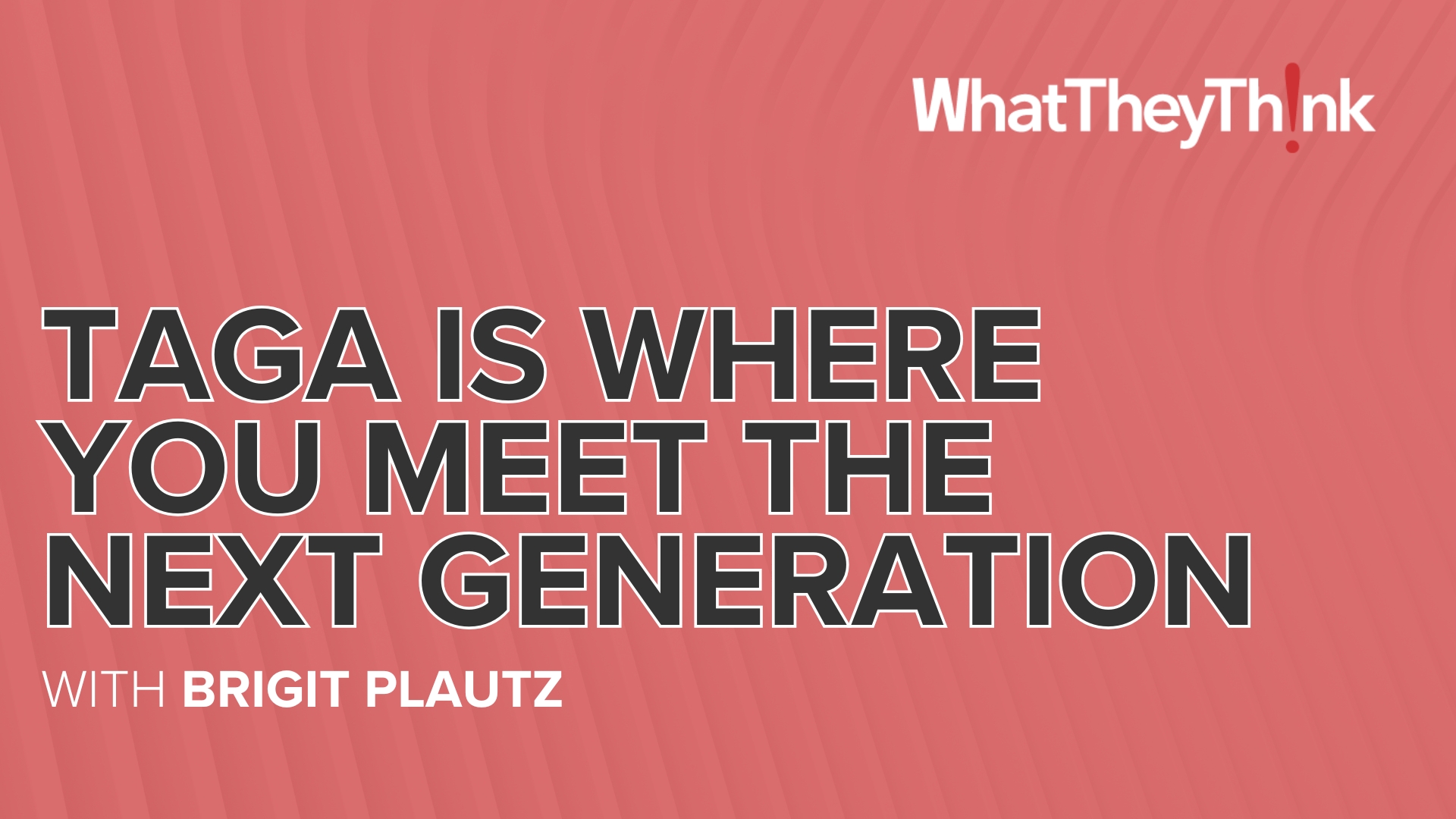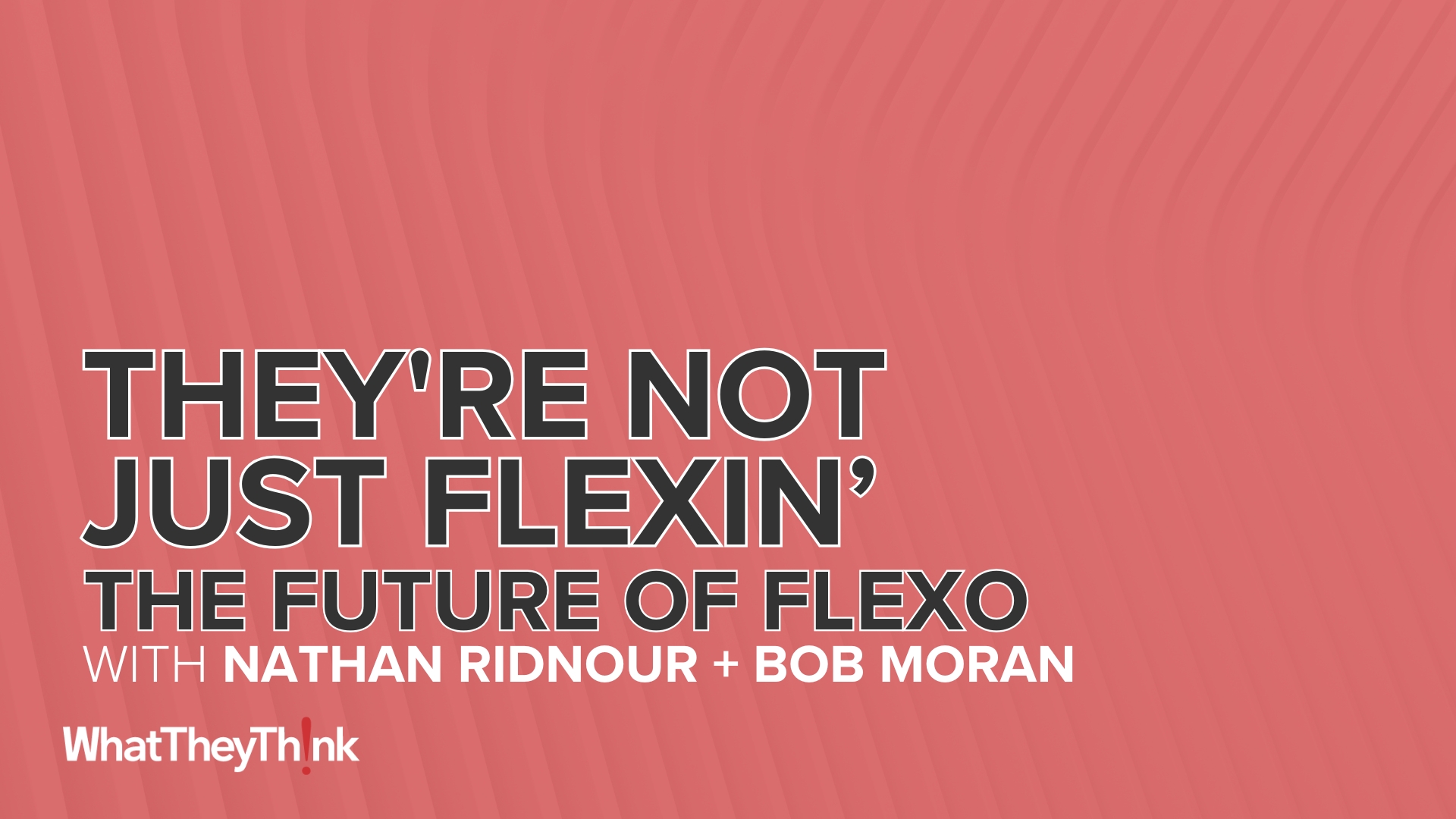Today, WhatTheyThink just released my special report on “electronic books,” or “e-books” titled E-Books and E-Publishing Primer. I acknowledge that in some parts of the industry, writing about e-books is tantamount to heresy, so to avoid a printing industry auto-da-fe, I have fled to Santa Fe. So I am blogging this from 5,000 feet above sea level, so if I sound a bit breathless, it’s not just my excitement about some of the latest developments in e-books.
First of all, I wrote the report—which is a basic primer on the latest e-book technologies, formats, and companies active in the e-book and e-magazine market—from the perspective of someone who is an avid reader of printed books. Always have been, always will be. I also wrote from perspective of someone who has written printed books, and would very much like to write more. But I also have no objection to my books being available in electronic format—in fact, I have myself formatted a novel I wrote and self-published some years ago for the Amazon Kindle.
At the same time, I have been avidly following the progress of electronic book readers, formats, and technologies since the mid-1990s, often with a skeptical eye, but also with more than a touch of anticipation and perhaps even excitement. I still vividly recall Seybold San Francisco 1999, when Patrick Henry and I collaborated on a brace of stories for the Show Daily and had a meeting with Microsoft’s Dick Brass, an early advocate of e-books, specifically the Microsoft Reader, and the be-kilted Bill Hill, who worked on Microsoft’s ClearType font-rendering technology. A year later, I had cajoled Gemstar into loaning me their e-book reading device, which was a decidedly unsatisfying experience (on a variety of levels). I had bought e-books for the Palm Reader which ran on a Handspring Visor PDA I had in the early 2000s (remember those?), and then lost them all when the Visor’s battery died. So it goes.
In a nutshell, there have been many missteps along the way. E-books are a technology that was pronounced dead back in 2004 or so. However, someone forgot to tell the people who were developing e-book software, hardware, and titles. The Amazon Kindle and its implementation of electronic paper kickstarted the e-book market again back in 2006, and new versions of the Kindle have been well-received in many quarters. The report also presents e-book sales data and I note that the growth in the sale of e-books has far outpaced the sales of printed books over the same period. So something is happening here--do we know what it is, Mr. Jones?
Still, there are those who write off the whole idea. Interestingly, I am blogging this from a breakfast table at a Science Writing Workshop having a discussion about e-books (as well as the "Ida" fossil which festoons Google's logo today) with a half a dozen professional scientists--extremely brilliant people--who are generally unfamiliar with e-books, and generally skeptical about their appeal.
While I do not have a Kindle, another driving force in the renaissance of e-books has been the availability of e-book apps for the Apple iPhone. In particular, I downloaded the free Amazon Kindle for iPhone app which lets me read any Kindle-formatted title right on my iPhone. There is also the (in my opinion, better) eReader, which is one of the readers that Fictionwise.com supports. (Both eReader and Fictionwise have been acquired by Barnes & Noble, which got bit early on so has been justifiably leery ever since, but has apparently deemed that the time is right to get back into the fray.)
In the report, I discuss my hands-on experience using these reading devices—both positive and negative.
There is an unfortunate mistake a lot of people make in framing the print-book/e-book conversation, which is thinking that it's an either/or decision, that you can only like printed books or you can only like e-books, and never the twain shall meet (even if you are reading a Mark Twain book). I think this is wrong. In an ideal world (good luck with that), books would be available to a single purchaser in a variety of formats. I have discovered that while I like reading printed books when at home or on holiday, e-books, particularly those I can store and read on my iPhone—a device I already own and carry around with me—are very useful when I am on a bus, subway, plane (although I have to take out the printed book during takeoffs and landings when you’re not allowed to have electronic devices turned on), or other “moving location” when toting around a printed book is a bit of a burden. Many years ago, I read David McCulloch’s 1100+-page Truman biography in hardcover while straphanging on the NYC subway—great for building upper body strength, but, oh, how I wished there had been an e-book version at the time!
Ultimately—and this is not just unique to books, but most content in general—what it comes down to is that different users have different preferences when it comes to the media they consume. Yes, there are many who prefer print, but there are also those who prefer electronic media. And sometimes, people prefer both, albeit at different times. Chacun à son goût. As media producers and content creators, it behooves us to bear this in mind—and how generational these trends may be. At the end of the day, content is content; it’s words and ideas that matter, and it’s a mistake to get hung up on an almost fetishistic devotion to one particular format.
At any rate, in my e-book report, I talk at great length about the pros and cons of the current crop of e-book devices—and where the market is likely to go in the near future.















Discussion
By Andy McCourt on May 20, 2009
Richard,
I bought an eBook reader: CyBook Gen3 (delicious irony in that name). I had to know what it feels like; how it compares with turning the pages. One of the included books was Dostoyevsky's Crime and Punsihment. I am avidly reading it.
I now feel like I have committed a crime and am being punished for it.
By Michael J on May 21, 2009
On the other hand, I got a Kindle 2.0. It's perfectly designed for the reading experience. In addition to the subway experience, Richard you nailed that one, I can read a review or find out about a book on a website and start reading it for 10 USD in under two minutes.
Amazon just announced and will deliver in September, the larger format for college textbooks. The new big thing is that Pearson and Wiley will deliver textbooks on the device.
A huge opportunity for ereader + Print is in high school education. The reality is that the best way to learn logical thinking is on paper. Pigment on paper in large format is the easiest and cheapest way to enable compare and contrast. Compare and contrast is at the heart of learning to teach logically.
In addition, ereaders will remain a quickly growing, but ultimately a niche market. High School education is a true mass market, where reading is not a nice to have. It's a must have.
By Andy McCourt on May 22, 2009
As I wade through my eBook Dostoyevsky, I am finding what you say is just so Michael:-convenience. In traffic, waiting around in receptions and for appointments, on a recent plane trip (where I was asked to turn it off as we commenced descent, even though e-Ink 'paper' uses no energy when a static page is displayed - I complied of course). So my journey with eBooks has so far revealed that they may encourage more reading - good. They may even encourage more books to be printed: "Seen the movie, bought the T-Shirt, read the e-Book, own the real book." My daughter has a treasured 3-volume slip-cased set of Lord of the Rings - unachievable with e-Books. She also takes half a ton of books to school, in her backpack. Maybe if these were all on the e-reader it would still achieve the desired result and reduce back injuries. Techincal manuals too, maybe?
The journey continues...the road goes ever on.
By Michael J on May 23, 2009
Andy,
The description of your daughter's back pack is the reason that I think textbooks are going to morph into combination of e readers and print on demand.
Amazon will have the big Kindle on sale in September. The big new thing is that they have made agreements with Pearson and Wiley to deliver their textbooks through Amazon. When Jobs unlocked the IP issues it enabled iTunes. I think it's plausible to believe that Bezos will do the same for college textbooks.
The new opportunity for customized print is in K -12 education. Keep the textbook on the ereader for reference. But for the classroom, customized printernet publishing.
Doing a unit on World War I? Personalized 48 page paperbacks or mechanical bound personalized copies with wide margins for notes. The students read, highlight and take notes. The teacher collects the books to see what they're thinking, Then the students make considered comments on a wiki. When the unit is complete, a final version is printed so that they remember what they read and what they said. Or have a publishing party.
By Michael J on May 23, 2009
I apologize for two in a row and climbing up on my little soapbox, but this is a subject near and dear to my heart. . .
I've found it helpful to think of a book as either a tool, a token or a toy. The paperback was the most convenient tool for reading. It changed the landscape. I think the ereaders will do the same. Comic books were the most convenient toys, but that is being eroded by video games.
Print remains the optimal tool for learning to think logically in the sense of being able to do "compare and contrast." It's very inconvenient to compare and contrast on any potentially moving screen.
The new mass market value of a book is as a token.
It's the best physical object to capture and share a memory. It's why photo books are mass market and people still love to receive printed greeting cards. The recent Amazon HP collaboration delivering picture books of the Obama campaign, into which you can put your own picture is an example of a new kind of book that functions as a token of an important personal + historical event.
It will be interesting to see how well it sells.